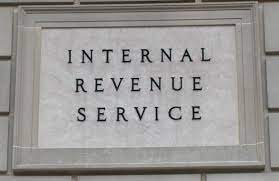A qualified intermediary (QI) for a 1042-S form is an intermediary, usually a foreign financial institution, that has entered into an agreement with the IRS to help simplify the tax withholding and reporting process for income paid to non-U.S. persons. This is especially relevant for foreign banks and investment firms handling U.S.-source income for their clients.
In the context of the 1042-S form, which reports income subject to U.S. withholding tax, the QI assumes responsibility for withholding the correct amount of tax on payments to non-U.S. persons and for providing necessary documentation to the IRS. By acting as a QI, the institution can streamline reporting for its clients, potentially reduce withholding rates under tax treaties, and facilitate more efficient cross-border transactions.
Here’s how a QI functions for a 1042-S form:
- Withholding and Reporting: The QI calculates and withholds the correct amount of U.S. tax on certain types of income, such as interest, dividends, and royalties. It then issues Form 1042-S to report the income and tax withholding to the IRS and to the income recipient.
- Documentation Requirements: As a QI, the institution must gather and maintain proper documentation, such as Form W-8BEN, from its clients to certify their foreign status and determine any applicable tax treaty benefits.
- Avoidance of U.S. Information Returns: For clients, using a QI can provide a layer of confidentiality, as the QI can pool client income and withholding under its own tax identification number rather than having to issue individual Forms 1099 to each foreign client.
Being a QI under a 1042-S form is especially advantageous in managing withholding obligations for international clients of U.S. financial products, ensuring compliance with IRS requirements while minimizing tax implications through treaty benefits.

